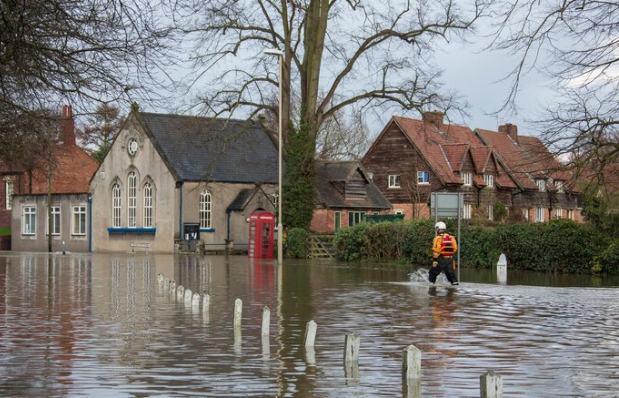Prepare for More Flooding in Texas
Flooding is a growing concern in Texas because of frequent hurricanes, tropical storms, and intense rainfall. Whether you live in a designated flood zone or not, preparing for the next flood is crucial. Proactive steps can reduce property damage, protect your family, and ensure a smoother recovery process.
Understand Your Flood Risk
Start by identifying whether your home or business is in a high-risk flood zone. You can check your flood risk using FEMA’s Flood Map Service Center or by contacting your local emergency management office. Even areas outside designated zones can flood, especially in regions with poor drainage or rapid urban development.
Get Flood Insurance
Standard homeowners' insurance doesn't cover flood damage. To be financially protected, purchase a separate flood insurance policy through the National Flood Insurance Program or a private insurer. NFIP policies take 30 days to go into effect, so don’t wait until a storm is near. Check your policy limits to ensure they’re adequate to cover your home’s structure and contents.
Make a Flood Emergency Plan
Make an emergency plan for your family or home that includes contacts for emergencies, communication techniques, and evacuation routes. Keep a "go-bag" prepared with necessities like medicine, critical papers, flashlights, and clothes, and be aware of the shelters that are closest to you. Create a continuity strategy for businesses to ensure that they can continue to operate or swiftly recover from a flood.
Floodproof Your Property
There are several ways to physically prepare your home. Elevate major appliances like water heaters, furnaces, and electrical panels. Use flood-resistant building materials if remodeling. Install sump pumps with battery backup and consider barriers or sandbags for entrances. Keeping gutters and storm drains clear also reduces your risk of water pooling near the foundation.
Document Your Property
Before a flood hits, take detailed photos or videos of your property, including all major appliances, furniture, and valuable possessions. Store significant documents in a waterproof container or digitally in the cloud. These records will be crucial if you need to file a flood insurance claim later.
Stay Informed and Alert
Sign up to receive local emergency alerts and weather information from the National Weather Service. During the storm season, regularly follow predictions and take evacuation advisories seriously. Being informed in real time allows you to react promptly and safeguard your loved ones.
Conclusion
Flooding in Texas isn't just a possibility—it’s a recurring threat. By understanding your risk, insuring your property, and taking smart preventative steps, you can reduce damage and respond effectively when disaster strikes.






